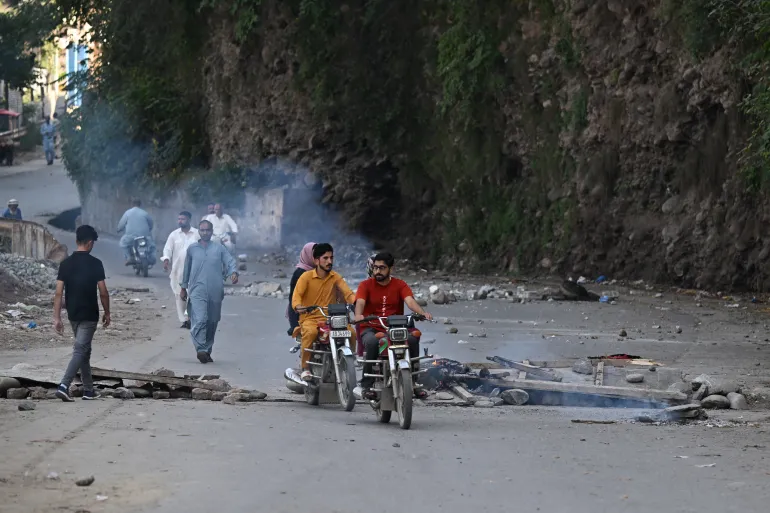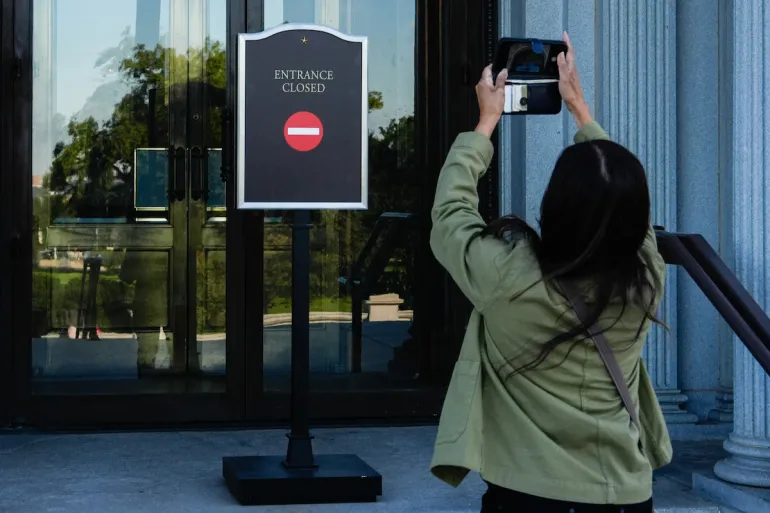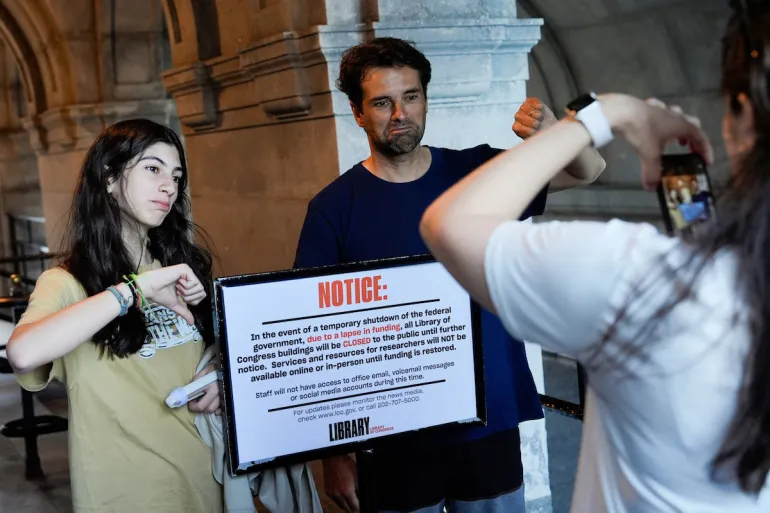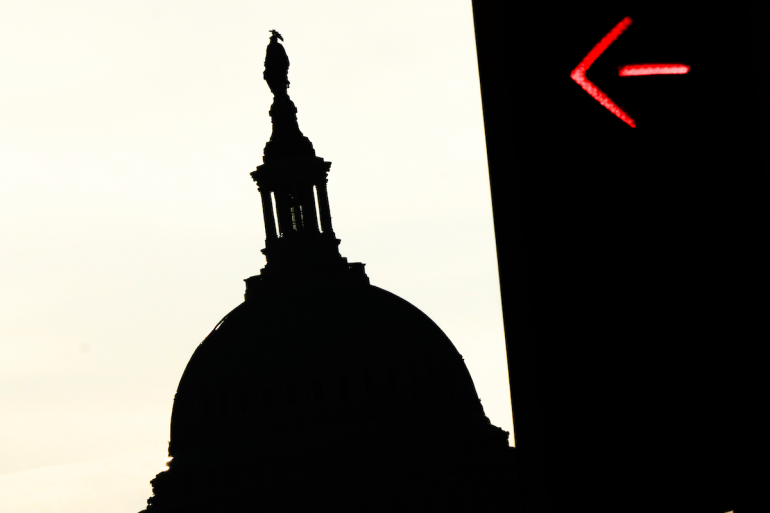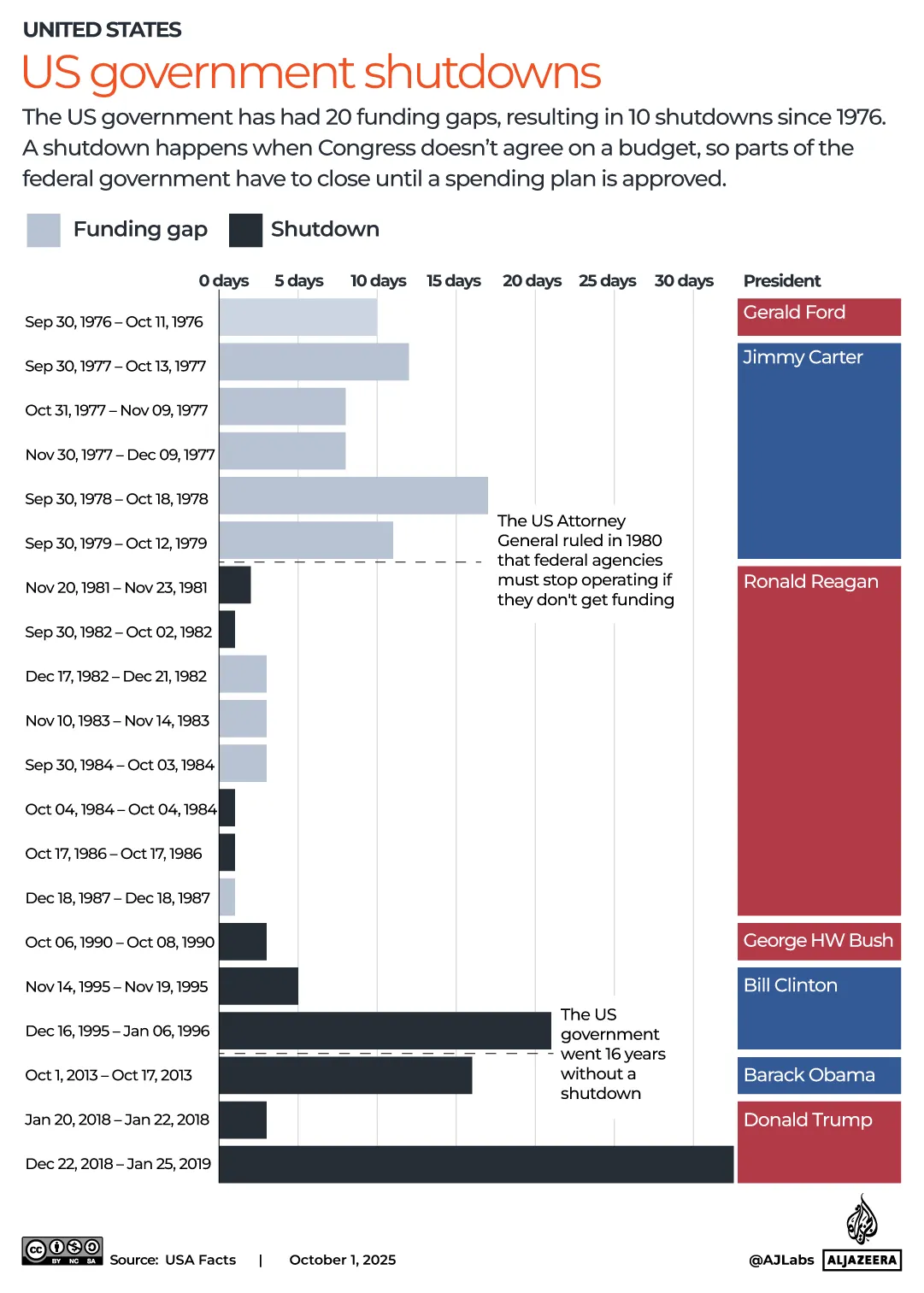Why UK’s Prince Andrew lost his royal title | Explainer News
The United Kingdom’s Prince Andrew on Friday announced that he would give up the title of the Duke of York days before the publication of a posthumous memoir by Virginia Giuffre, who had accused him of raping her after being trafficked by convicted sex offender Jeffrey Epstein.
Effective immediately, Prince Andrew will no longer sign off as the “Duke of York” or append “KG” – denoting Knight of the Garter – after his name. And the other titles will become inactive as well, like the His Royal Highness (HRH) honorific.
Giuffre, who died by suicide in April at the age of 41, had accused Andrew of forcing her to have sex on three occasions, including when she was underage. Though the disgraced UK prince denied Giuffre’s claims, he paid millions of dollars to settle a civil sexual assault case with her in 2022.
The 65-year-old was stripped of most of his titles and removed from royal duties in 2022 due to his connections to Epstein, who died by suicide in a United States prison in 2019 while awaiting trial on sex trafficking charges. His title decision came as he hit the headlines again in the wake of new revelations about his links to Epstein.
So, why has he “given up” his titles? What does it mean for the UK’s Royal Family? And what are his ties with US child sex offender Epstein?

What has the disgraced prince said?
“I have decided, as I always have, to put my duty to my family and country first. I stand by my decision five years ago to stand back from public life,” Andrew added in the statement.
“With His Majesty’s agreement, we feel I must now go a step further. I will therefore no longer use my title or the honours which have been conferred upon me,” he said, adding that the continued accusations against him “distracted” the royal family.
He also used the statement, released via the Royal Family’s channels, to “vigorously deny the accusations” against him, as he has maintained.
What difference does it make to him?
Andrew had moved back to a largely private life in recent years, even though he remains part of the family, even if ceremonially, as brother of King Charles and uncle to Prince William and Prince Harry.
He has been shunned from using other titles given to him on his wedding day – the Earl of Inverness and Baron Killyleagh. Theoretically, Andrew will retain the dukedom – that can only be removed by an act of parliament – but he will not use it.
Sarah Ferguson, Duchess of York and Andrew’s ex-wife, would also not use her title. The titles of their two daughters, Princess Beatrice and Princess Eugenie, will remain unaffected.
The couple will continue to live in the 30-room Royal Lodge mansion in Windsor, a Grade II-listed property.
However, the property has been leased from the Crown Estate, meaning he cannot sell it – as he did with Sunninghill Park home in 2007 for 15 million pounds ($20m) to Timor Kulibayev, the son-in-law of the then-president of Kazakhstan.
The 12-bedroom house near Windsor Castle was given to the disgraced prince as a wedding present from Queen Elizabeth.
What to know about Andrew?
Prince Andrew, earlier the Duke of York, is the second son and third child of Queen Elizabeth II and Prince Philip – making him the younger brother of King Charles III.
Born in 1960, he was once one of the more popular members of the British royal family, known for his military service as a Royal Navy helicopter pilot during the Falklands War in 1982.
But in recent years, Andrew has largely withdrawn from public life following intense scrutiny over frequent scandals. His ties to the convicted sex offender Epstein – which pushed him to step down from his royal duties in 2019 – has resurfaced after the release of new Epstein files in September.
Andrew was stripped of his military titles and royal patronages in 2022 after a US judge allowed a civil sexual abuse case against him to move to trial. He was also stripped of his role as the Colonel of the Grenadier Guards, one of the oldest regiments in the British army, by the queen.
Widely believed to be the late queen’s “favourite” child, other titles held by the disgraced royal will be rendered dormant – leaving “prince” as his only remaining title, one that cannot be stripped since he was born the son of a queen.

What are the accusations against Andrew?
In 2021, Giuffre, one of the most prominent accusers of Epstein, filed a civil lawsuit against Prince Andrew in a US court, alleging that he had sexually abused her on multiple occasions, including when she was 17 years old – a minor under US law.
She claimed she was trafficked by Epstein and his associate Ghislaine Maxwell, a British socialite, and forced to have sex with the prince in London, New York, and the US Virgin Islands.
Prince Andrew has denied all allegations – even insisting that a now-infamous photograph that appeared to show them together was doctored.
The case was settled out of court in early 2022, with Andrew reportedly paying about 12 million pounds ($16m) – then causing widespread backlash over whether UK taxpayers’ money was used for the payout.
In April this year, Giuffre was found dead at her home near Perth, Australia. Her family confirmed the death as a suicide, attributing it to the emotional toll of her past abuse and ongoing personal struggles.
Last Friday, the US House Oversight Committee also released documents from Epstein’s estate showing “Prince Andrew” listed as a passenger on the convicted sex offender’s private jet, the Lolita Express, from Luton to Edinburgh in 2006.
What does Giuffre’s posthumous memoir say?
On Tuesday, Giuffre’s posthumous memoir goes on sale, where she details her time with the prince and Epstein. In the excerpts published by several media organisations, Giuffre wrote that Andrew believed sex with her was his “birthright”.
In the book, Nobody’s Girl, Giuffre describes her meetings with the prince – and also recounts what unfolded in London during their meet-up.
“Back at the house, [Ghislaine] Maxwell and Epstein said goodnight and headed upstairs, signalling it was time that I take care of the prince. In the years since, I’ve thought a lot about how he behaved. He was friendly enough, but still entitled – as if he believed having sex with me was his birthright.
“He seemed in a rush to have intercourse. Afterward, he said thank you in his clipped British accent. In my memory, the whole thing lasted less than half an hour,” she writes in her memoir.
“The next morning, Maxwell told me: ‘You did well. The prince had fun.’ Epstein would give me $15,000 for servicing the man the tabloids called ‘Randy Andy’.”
Giuffre’s family has lauded the decision of Andrew being forced to relinquish his titles as “vindication for Virginia”.
“We, the family of Virginia Roberts Giuffre, believe that Prince Andrew’s decision to give up his titles is vindication for our sister and survivors everywhere,” they said in a statement.
“Further, we believe it is appropriate for King Charles to remove the title of Prince.”

What were Andrew’s ties with US sex offender Epstein?
Prince Andrew is reported to have had a longstanding association with Epstein, a convicted child sex offender and financier from the US.
The relationship reportedly began in the 1990s, with Andrew socialising with Epstein in elite social circles in both the UK and the US. He is reported to have stayed at Epstein’s Manhattan townhouse, his private Caribbean island, and flown on Epstein’s private jet on multiple occasions. Andrew was also listed on another flight to West Palm Beach, Florida, in 2000.
Epstein’s close associate, British socialite Maxwell, facilitated introductions between Andrew and other prominent figures, drawing him further into Epstein’s network. Maxwell is serving 20 years in prison for sex trafficking.
The association came to public scrutiny after Giuffre in 2021 accused Andrew of sexual abuse.
In an infamous 2019 interview with BBC Newsnight, Andrew said he broke off his friendship with Epstein in December 2010.
But the release of new documents last month shows Andrew reportedly sent a mail three months after the interview. In the email, Andrew appeared to tell Epstein “we are in this together” after the two men were photographed together strolling in New York.
In 2008, Epstein had pleaded guilty to charges of solicitation of prostitution and of solicitation of prostitution with a minor, for which he served 13 months in jail.
Epstein was found dead in his cell at a federal jail in Manhattan in August 2019, awaiting a trial on sex trafficking charges. His death was ruled a suicide.
Has the prince been part of other scandals?
Andrew has been mired in a number of other scandals, including an instance of his “close confidant” being banned from the UK over allegations he was a Chinese spy.
Andrew reportedly held meetings in 2018 and 2019 with Cai Qi, a member of China’s ruling political bureau.
Cai was suspected by the UK government of being the recipient of sensitive information allegedly passed to China by two British nationals accused of spying for Beijing.

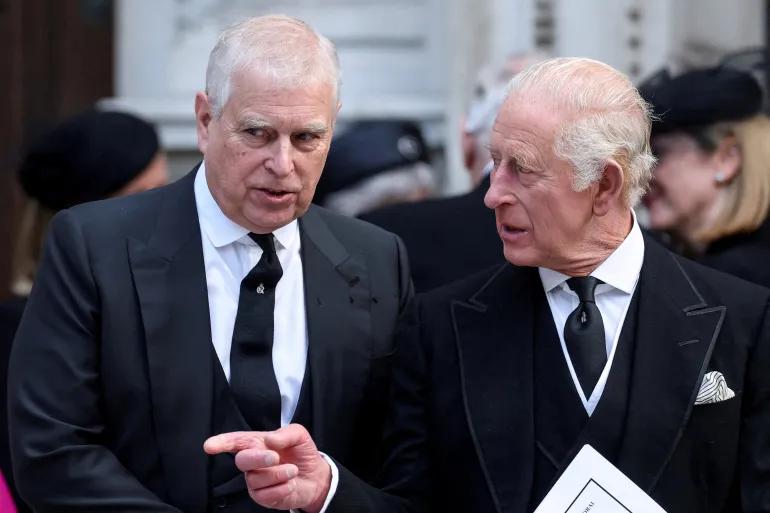
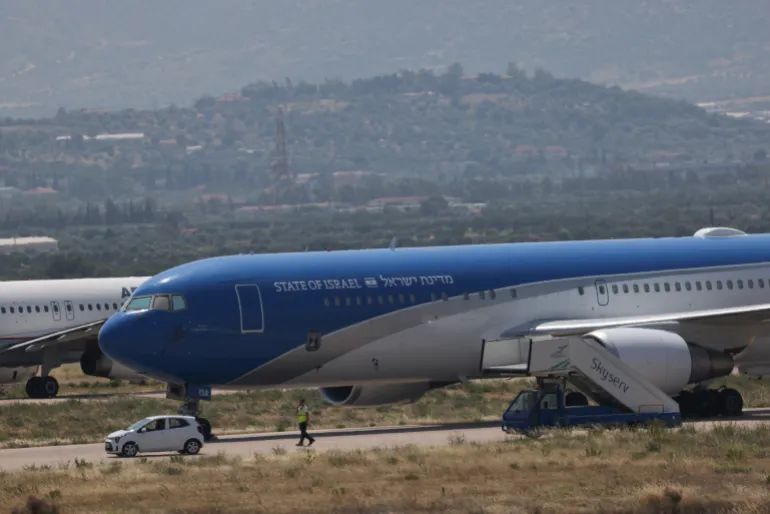





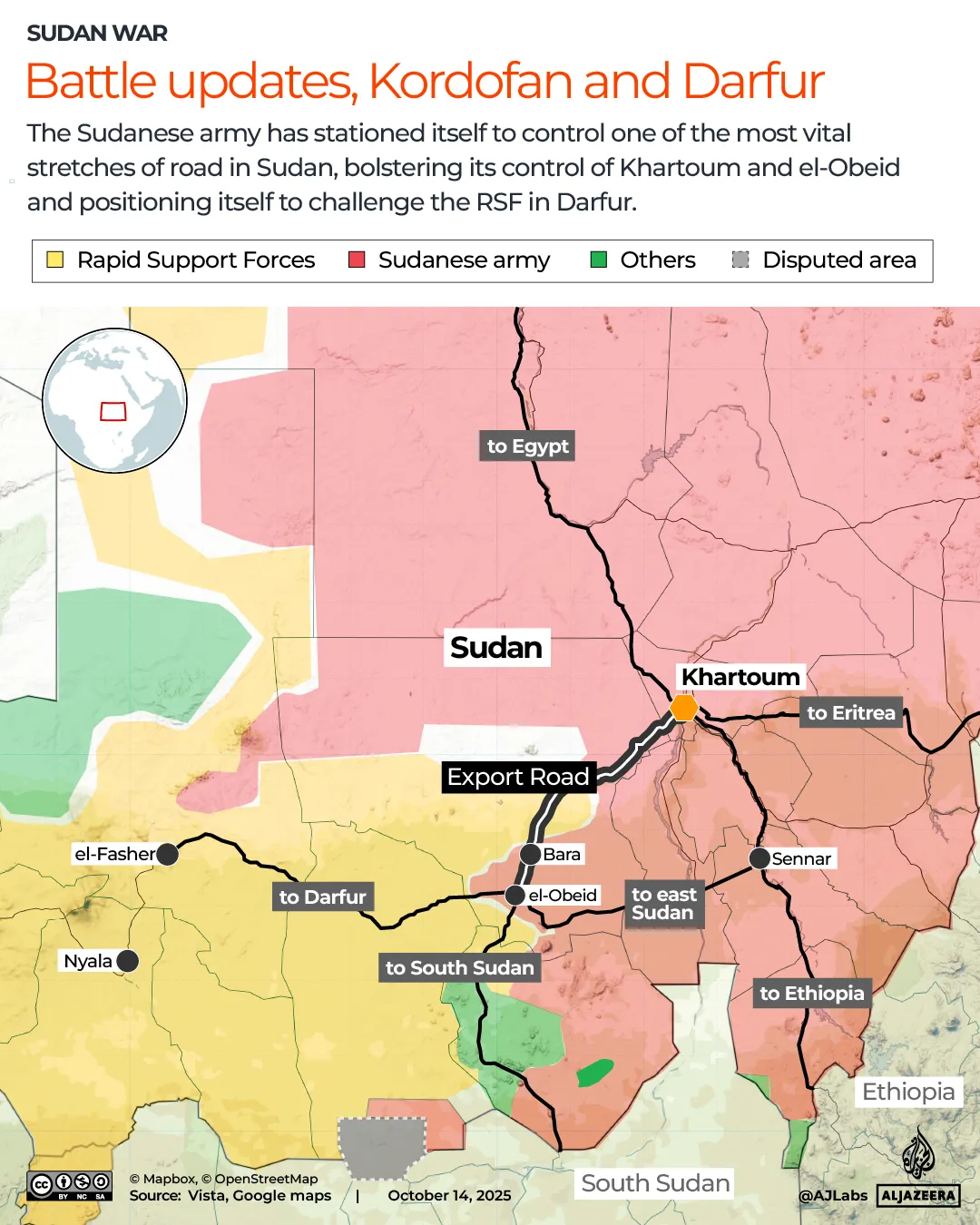

![Widespread disease outbreak overwhelms hospitals in war-torn Sudan [Screengrab/Al Jazeera]](https://www.aljazeera.com/wp-content/uploads/2025/09/Screenshot-2025-09-23-at-11.47.58-AM-1758617507.png?w=770&resize=770%2C509&quality=80)
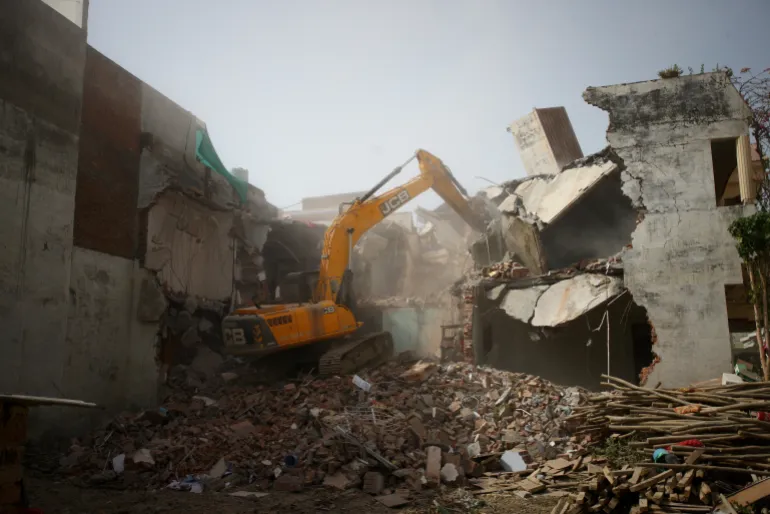

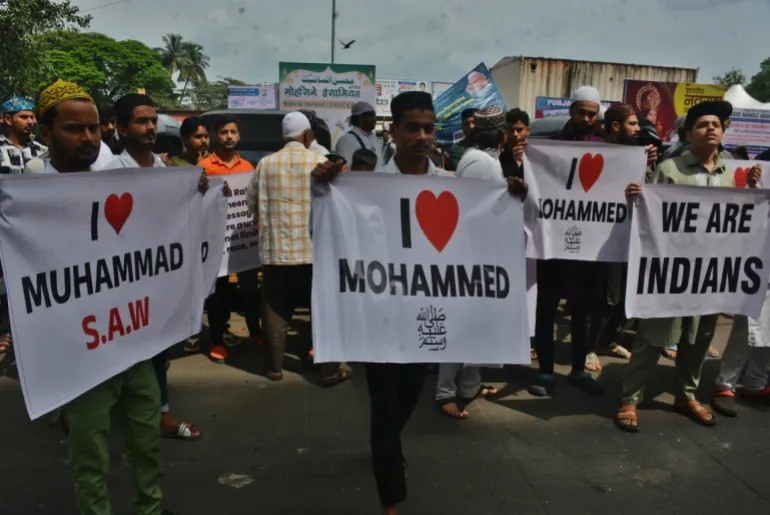


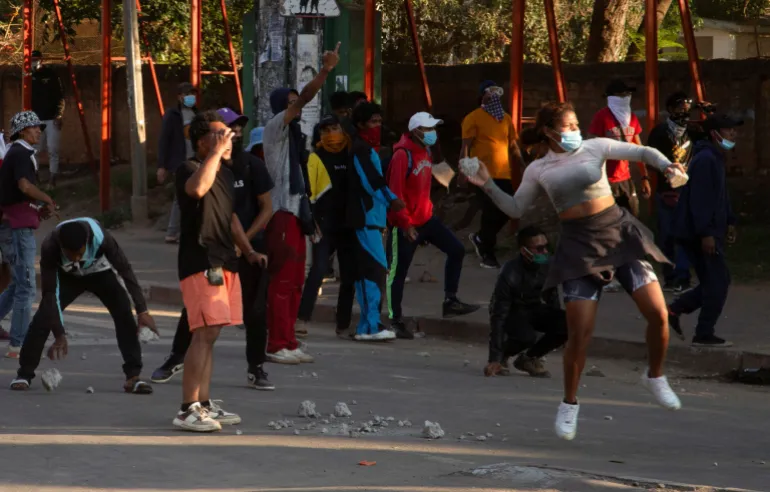



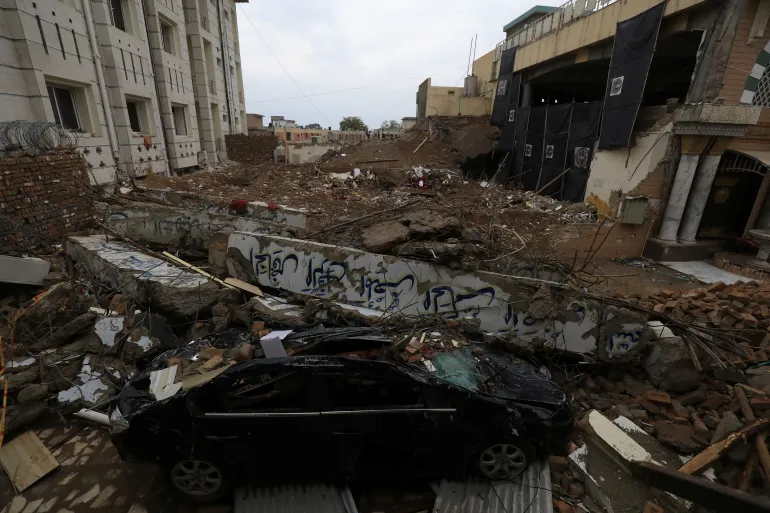


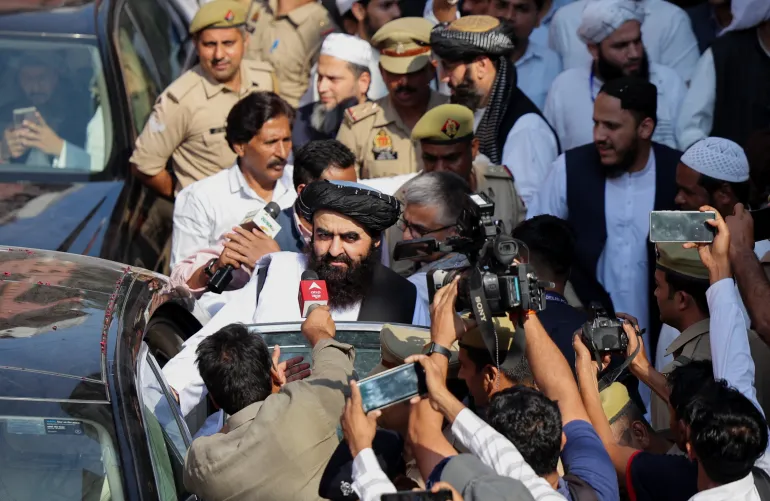
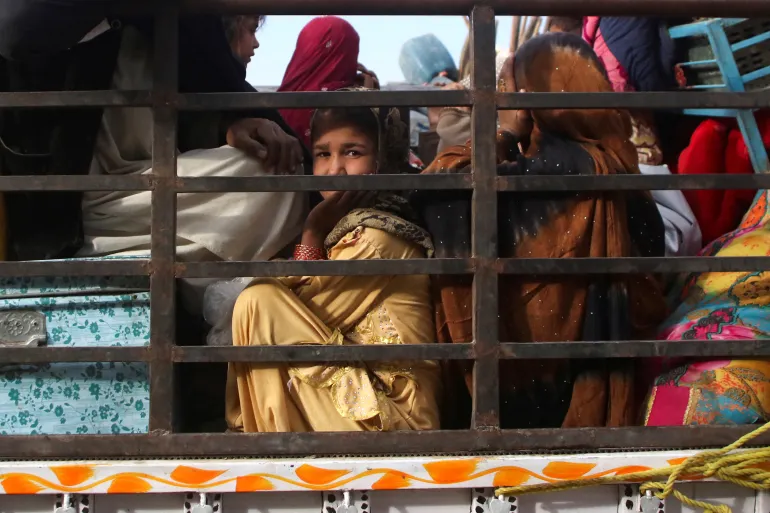
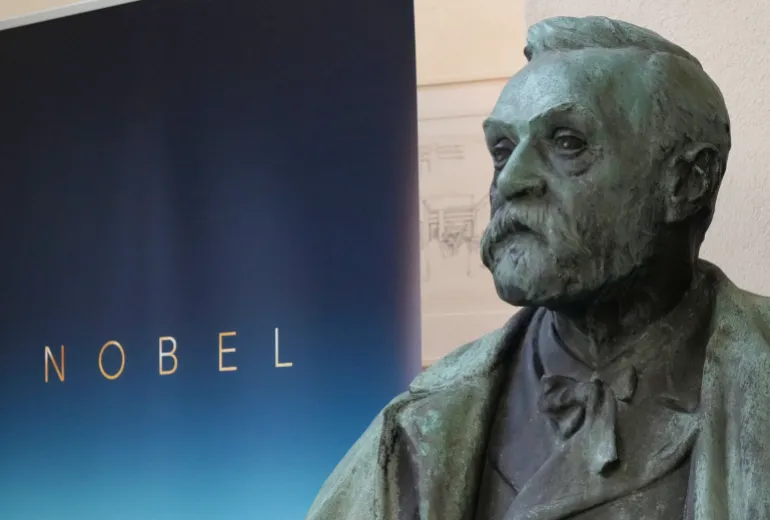





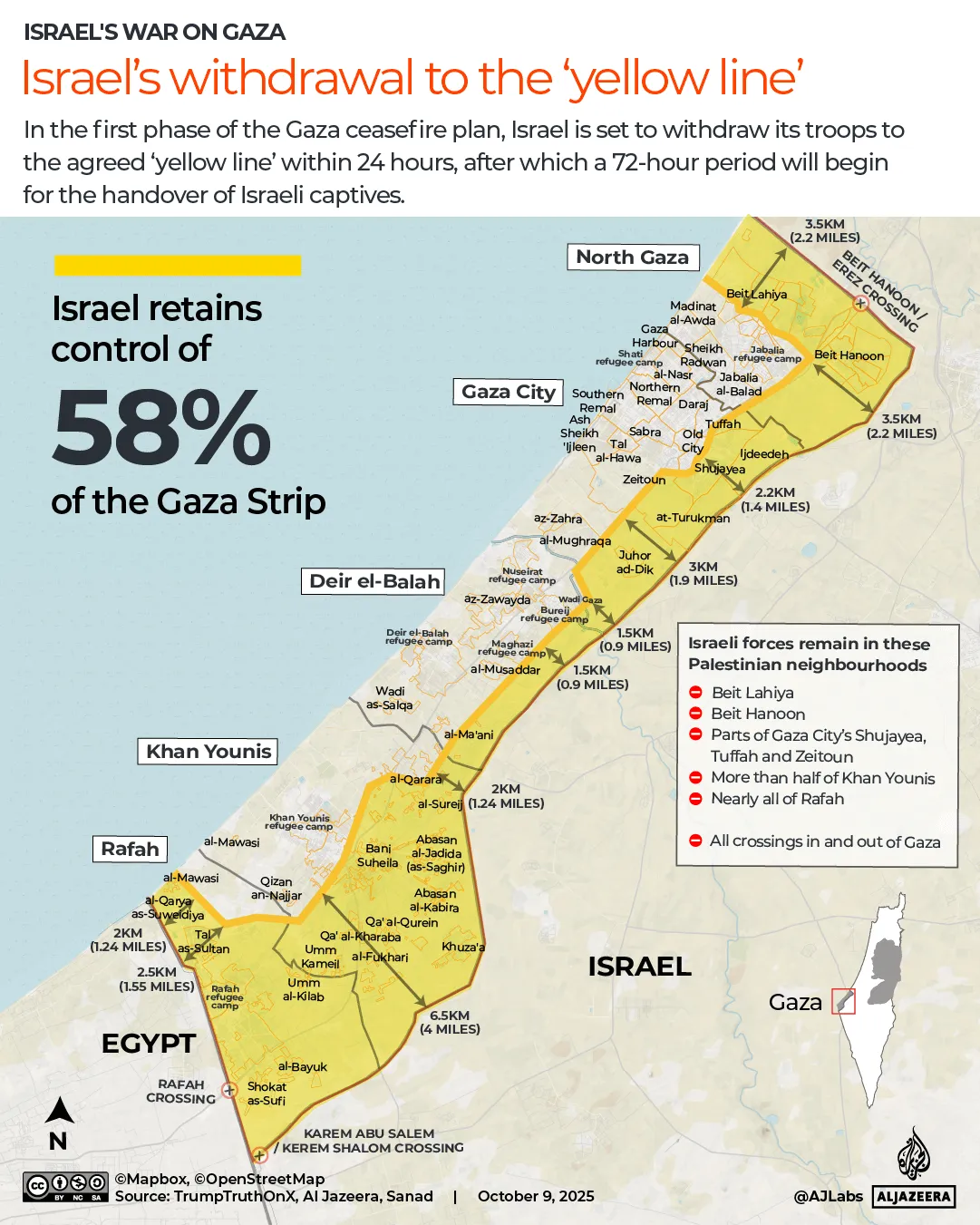


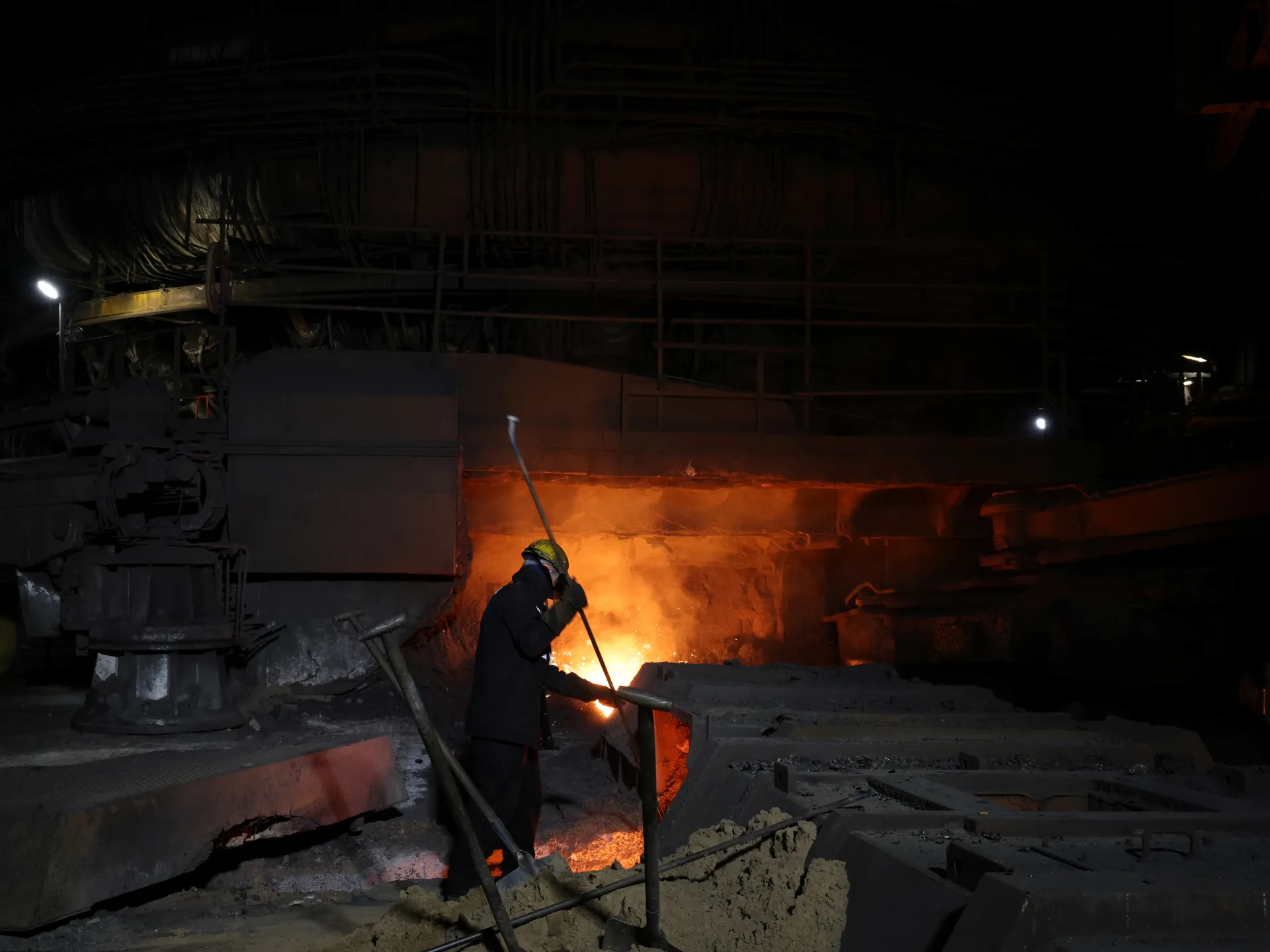
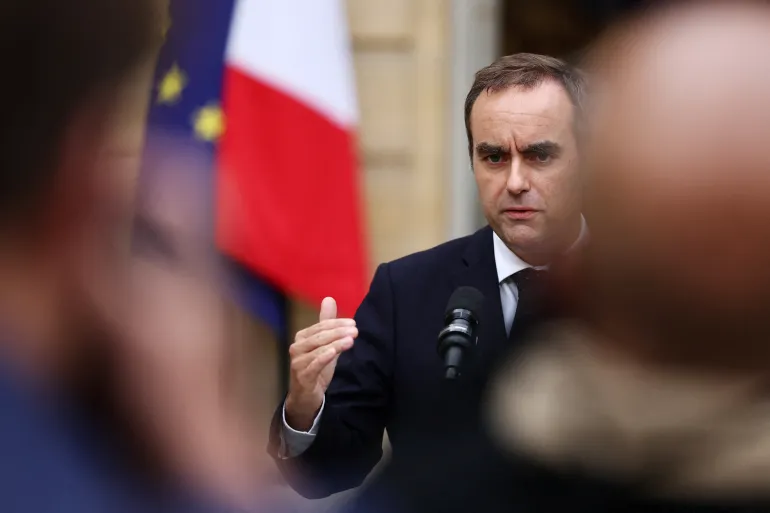



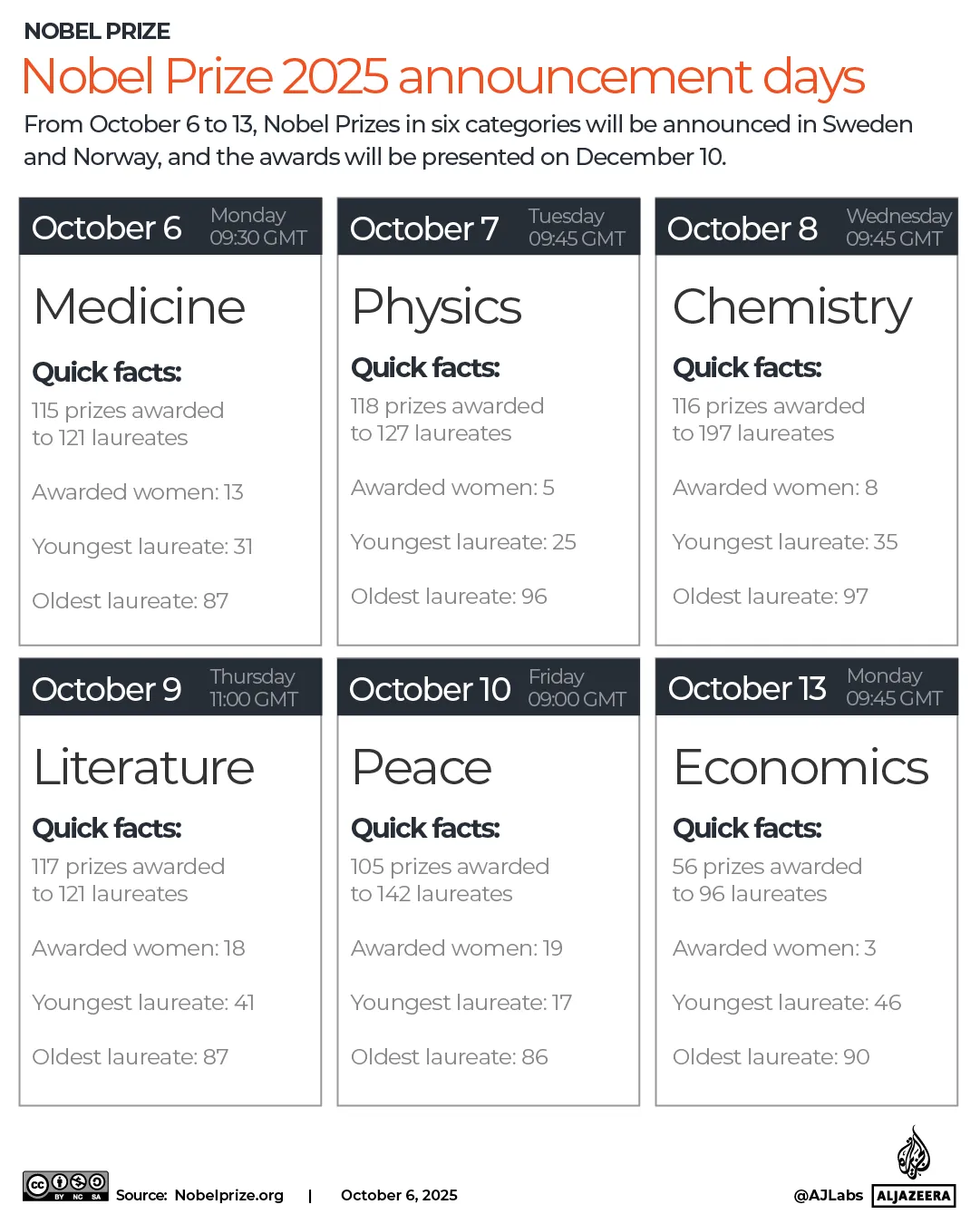




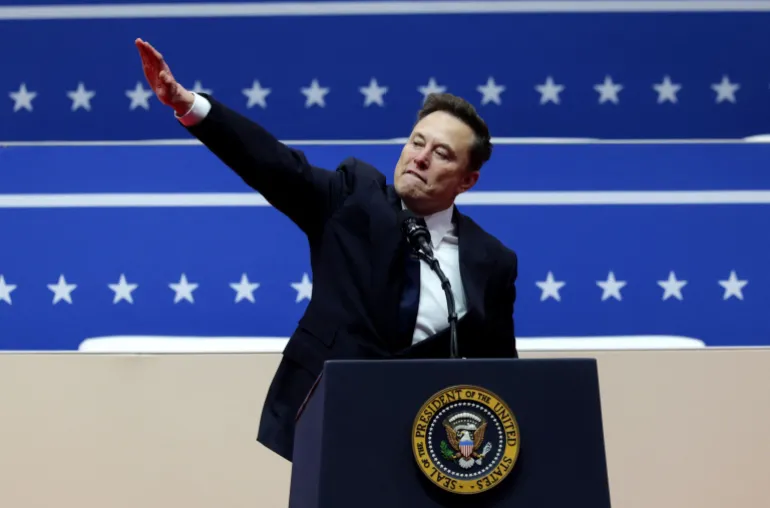

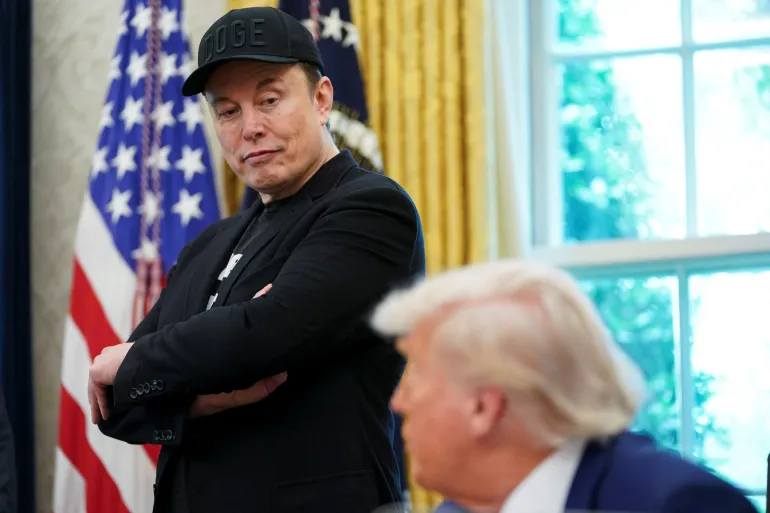
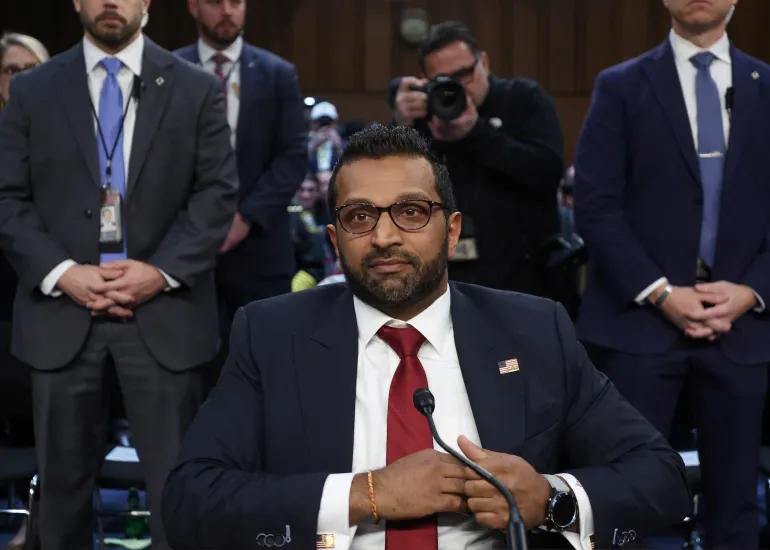
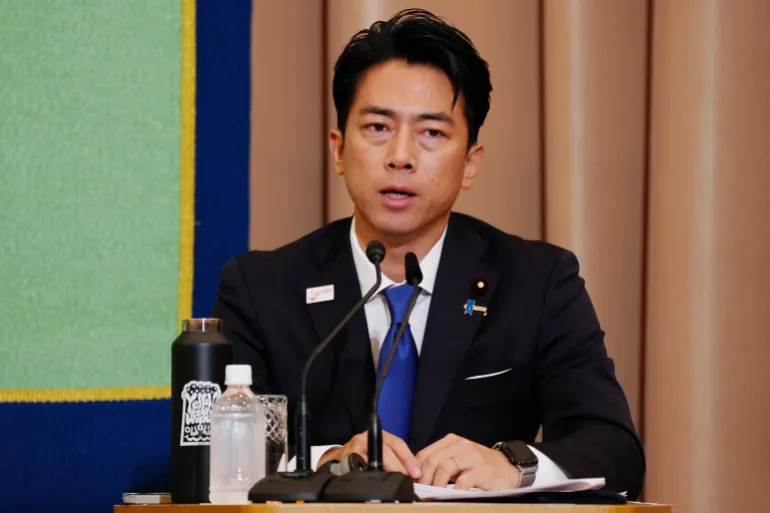



![Former LDP Secretary-General Toshimitsu Motegi speaks during the Liberal Democratic Party (LDP) Presidential Election Candidate Debate at Japan National Press Club in Tokyo, Japan, on Sept. 24, 2025. [Jia Haocheng/Pool via REUTERS]](https://www.aljazeera.com/wp-content/uploads/2025/09/2025-09-24T071026Z_1195499539_RC24YGA68GXE_RTRMADP_3_JAPAN-POLITICS-1759204230.jpg?w=770&resize=770%2C513&quality=80)



